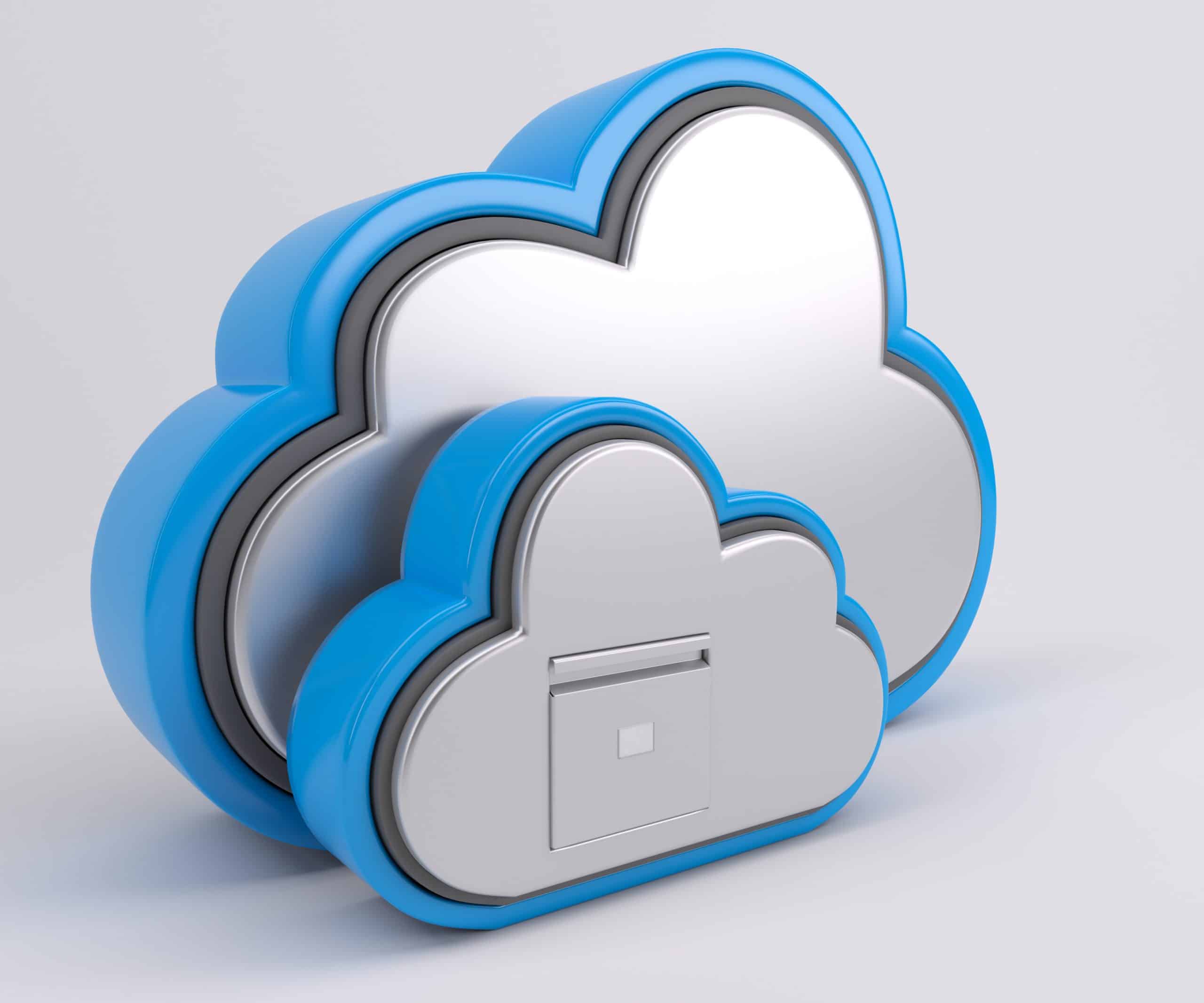The terms Cloud (or Cloud-Enabled) and Cloud-Native are popular in the software industry. People use the terms interchangeably, though they mean very different things. How are they different? In this article, we will carry out a detailed examination of cloud vs cloud-native applications. We will check out their characteristics, their similarities and differences, and their advantages and disadvantages.
An Overview of Cloud vs Cloud-Native Applications
A cloud (cloud-enabled) application was originally developed to work in a private data center, then moved to the cloud. Developers customarily use a “lift and shift” process to do this. It is necessary to make some changes to adapt an application to work in the cloud. Such applications commonly use a monolithic architecture. Here, we will use the terms “cloud” and “cloud application” to refer to cloud-enabled applications.
A cloud-native application, in contrast, is designed and developed from the outset to take advantage of the various modern features available in a cloud computing environment. Such an application is built with a microservices architecture. It uses features like continuous deployment, containers, orchestration, and automation.
Let’s take an in-depth look at the characteristics of cloud-enabled and cloud-native applications.
Cloud-Enabled Applications
A cloud-enabled application is a legacy software application designed to run on an enterprise’s on-premise servers. It is subsequently modified to run on a cloud-computing infrastructure in an off-site data center, making it available remotely. Cloud-enabled applications are built as monoliths–if you change one part of the application, you must re-deploy the whole application.
Characteristics of Cloud-Enabled Applications
A legacy application needs to undergo modifications to become cloud-enabled. The nature of the changes depends on the application, but there are some minimum requirements to get the application to run in a cloud-hosted environment.
How to Evaluate a Legacy Application’s Potential to Become Cloud-Enabled
Is your legacy application suitable for becoming cloud-enabled? And if so, what are the specific steps to perform the migration? There is no clear answer. It depends on the pain points that your legacy application is inflicting on your business and whether this migration will address them. Here are some guidelines to find out.
Data Isolation: Does the application’s architecture separate the business logic and the data? If so, developers have more options to store data in different environments. The application is suitable for cloud enablement.
Resource Usage: Is the application structured to use computing resources, storage, and memory predictably? If yes, it would be easy to scale in a cloud setting and hence suitable for moving to the cloud.
Scaling: The cloud makes it easy to scale horizontally, compared to vertical or multi-tier scaling. So, an application built for horizontal scaling is apt for making cloud-ready.
Related: 7 Approaches to Legacy Java Modernization for Architects
Cloud-Native Applications
Cloud-native applications have been designed to use cloud-computing innovations. They integrate easily with the specific cloud for which they are developed (like AWS, Azure, or GCP). Cloud-native applications can run either on a cloud provider’s data center or on-premise.
The Objectives of Cloud-Native Applications
The primary goals of going cloud-native are to improve time to market, scale, and profitability.
Time to Market: There is a strategic advantage in bringing your ideas quickly to market, and cloud-native applications enable this. Ideas can move from conception to release in a few hours or days. A feature is profitable only when users can see, use, and pay for it. A cloud-native approach de-risks and speeds up change. Software teams start releasing incremental improvements instead of delivering mammoth projects.
Scale: As a business grows, it must support more users in more locations using an expanded array of devices. It must do this while providing the same or better level of service and without becoming less responsive, more expensive, or less available. Cloud-native makes this easy.
Profitability: Cloud-native applications increase profit margins in two ways. First, they reduce the overall cost of hosting. Second, they make it necessary to add computing resources only when needed (i.e., as the number of paying customers increases).
Architectural Patterns of Cloud-Native Applications
Cloud-native applications employ some major architectural principles:
Use Infrastructure as a Service (IaaS) or Platform as a Service (PaaS): These applications run using computational, storage, network, and other resources flexibly provided on demand by cloud service providers like AWS, Google Cloud Platform, or Rackspace.
Use a Microservices Architecture: Cloud-native applications are built as microservices – small applications that work independently. Each microservice implements a single business feature.
Automation: Wherever possible, automated processes replace manual ones. Examples include CI/CD (Continuous Integration / Continuous Deployment) and automated testing.
Containerization: All processes and dependencies are packaged together in containers, like Docker. Containers make it easy and predictable to deploy and test applications. They do this by using a standard packaging format, enforcing application isolation, and having a simple control interface.
Orchestration: Your cloud application runs on a set of servers called a cluster. Orchestration tools like Kubernetes or Docker Swarm make it easy to abstract out individual servers in a cluster. Orchestration is essential when the application runs on hundreds or thousands of servers. The orchestration manager handles all complexities related to keeping track of servers–starting, stopping, switching between them, and managing them efficiently.
So, the cloud-native approach works well with continuous delivery of new features, faster time to market, easy scalability, and enhanced operational efficiency. It is not easy to gain these benefits when working with only cloud-enabled applications.
Related: Is a Microservice Architecture for Cloud-Native Platform Worth it?
Cloud vs Cloud-Native: A Comparison
Let’s now review the differences between the two application types.
| Cloud-enabled applications | Cloud-native applications |
| Architected for traditional data centers | Designed from the ground up for the cloud |
| Tenancy: You can only host them as single-tenanted instances | Tenancy: you can host them as multi-tenant instances |
| Setup: Much slower, as the servers need to be configured and customized by the business | Setup: Implementation is quick as the cloud service provider takes care of hardware and software configuration |
| The monolith needs to be deployed in its entirety, resulting in significant non-availability during releases | Downtime caused by deployment is minimal. You can deploy Microservices individually without affecting the overall system. |
| Comparatively more expensive to host because of hardware and infrastructure investments made in advance | Pay-as-you-go usage is more cost-effective because computing, storage, and license costs less on the cloud, and there is no need for hefty investments in hardware or software. |
| You must scale the entire application, which is difficult | Easily scaled by scaling individual modules (microservices) as required |
| Siloed: Teams work in silos, with an over-the-wall handoff, often resulting in team conflicts and poor quality. | Collaborative: The architecture supports collaboration between the developers, DevOps, QA, and operations teams. As a result, there is a smooth progression from development to production. |
| Waterfall development: With this architecture, teams tend to make big releases at infrequent intervals. | Continuous delivery: This application type lends itself to a CD process. You can release updates as soon as they are ready. |
| Security is your responsibility, and you will need to pay for it | The cloud provider provides technologies and controls that improve your security posture |
Cloud vs Cloud-Native: Which is the Better Option?
There are many benefits to being in the cloud. So, if you have a legacy monolithic application, you have a couple of options. You can re-host and migrate it to the cloud (i.e., make it cloud-enabled), or refactor and rearchitect the target application to realize all the advantages of being in the cloud (i.e., develop a cloud-native application).
You may wonder which option is better. Having analyzed cloud-enabled and cloud-native applications, we can now address this question.
So, Cloud, Cloud-Native, or Something Else?
If you are going to create a new enterprise application, it is probably an easy decision to develop it as cloud-native. But what should you do if you already have a functioning legacy monolithic app, and yet want to experience the benefits of being in the cloud? Should you then cloud-enable the app, or write a new, cloud-native app?
From the preceding discussion, cloud-native applications offer many more benefits when compared to cloud-enabled applications. And if you cloud-enable your legacy application, it would be a pale shadow of a responsive and scalable cloud-native app. You will not reap many of the benefits of being a true cloud-native app.
On the other hand, writing a brand-new cloud-native app to replace your legacy Java app is arduous. You will need to consider the domain knowledge that has been integrated into your application over the years and include it in the new application. Also, there would be a lot of new lessons for the development team as they need to use different languages, tools, and technologies.
Now, what if there was a third option? An option by which you transform your legacy application, not into a cloud-enabled app, but a true-blue cloud-native app? And that too with a small amount of effort and risk and a high probability of success?
Transform to Cloud-Native Today with vFunction
Such an option exists today. vFunction has created a platform that takes a legacy, monolithic application as an input and transforms it into a cloud-native app. This platform works on a factory model. It uses holistic purpose-built tools to perform a deep analysis of the legacy Java application’s classes and their interdependencies. This helps identify authentic logical domains in the application. vFunction uses a unique synthesis of patented static and dynamic analysis along with AI and automation to do this. Finally, the platform is able to extract actual microservices.
This option minimizes the quanta of manual work required to convert a legacy application to cloud-native, so it’s attractive to companies that own or operate several legacy Java applications. You end up with an authentic cloud-native application instead of a cloud-enabled one. Realize all the benefits of a cloud-native app. Get in touch with vFunction and request a demo of their platform to see how it can benefit you.






